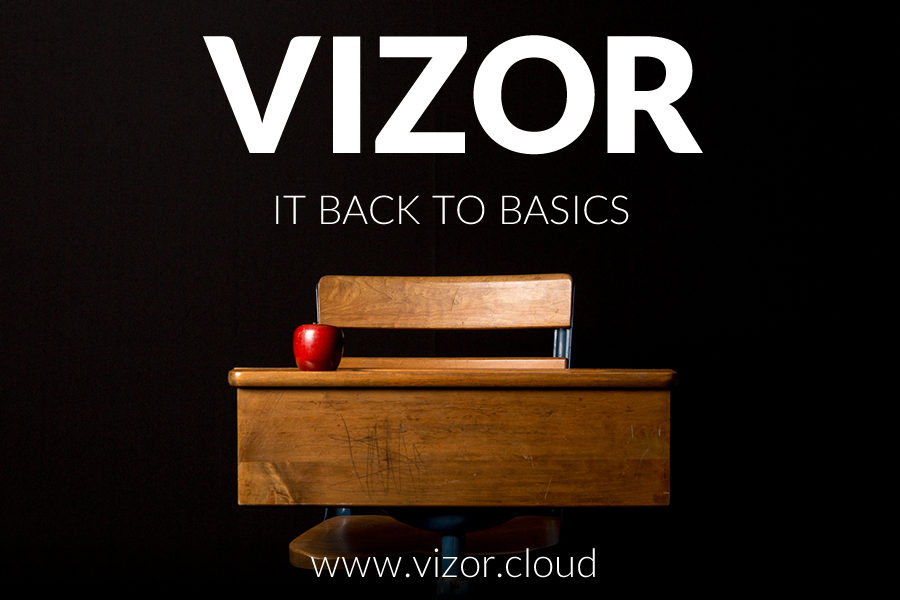License Management: Static Recording is not enough
Software License Management for Compliance
Organizations which have successfully tackled the challenges of accurate software inventory often turn their attentions to getting to grips with the wide range of license documents they hold. For compliance, the fundamental question at any point in time is – “Have we got enough documented entitlement to cover the number of instances of this software that we have installed?” Superficially, that calls for one simple entitlement figure, and that is indeed a great starting point. So long as it is clear whether that figure relates to PCs, servers, physical or real, or CPUs, or cores, or some other measure the vendor decides to adopt. Not only are the entitlements expressed differently from one vendor’s license to another, there are some vendors who make life more complicated still with inconsistency in the way their own products are licensed. Microsoft alone has hundreds of models. Home-made spreadsheets get more and more convoluted in attempting to cover all the options, and specialised solutions are emerging in the market to respond to this growing need.
Software License Compliance – who are the stakeholders?
The obvious candidates are the business and department managers that drive the demand for software, and the procurement and vendor management professionals. Given that many organizations find it impractical to lock their PCs down, then ultimately every PC user in the organization is a stakeholder in compliance, with a duty to avoid installing any software unless they have taken steps to ensure that any license requirement has been taken care of. How many of your users understand that while GoogleEarth may be great fun in the lunch hour, it has license terms that may mean that your organization should be using – and paying for – the Pro version. To quote the advice on Google’s Web site on whether you need the Free or Pro version –
” Do I need the Pro version?
> If your business is looking to use Google Earth for any external purpose, you will need to license Google Earth Pro. Examples of external use include creating and distributing KML/KMZ files or movies, using imagery from Google Earth in reports and presentations, and developing information that will be displayed or distributed outside your organization.”
Your users won’t know if they are not told, so there is a need for a process that informs and alerts them in response to particular applications being detected by the regular inventory scan.
Software License Issue Tracking
The single, simple entitlement figure we talked about is what everyone needs for an instant compliance picture, but the situation will never be so conveniently static. Application software demands are constantly evolving, and there is little that is truly static for a software licensing manager. There is a constant stream of ‘What if?’ scenarios to look into, arising from changes in user population and demand, hardware upgrades, application upgrade and migration opportunities, and mergers and acquisitions. And all the time the organization is responding to these changing situations, compliance must be maintained. What this points to is a need for a Compliance Issue Tracking function, centred around the license documentation and entitlements database, and accessible to a variety of stakeholders.
Software Asset Optimization – the bigger picture
Let’s assume you have compliance under control, using a robust Compliance Issue Tracking system, (maybe built on Vector Issue Tracker). There is still no guarantee that the organization is handling software provisioning cost-effectively. The biggest single source of waste is likely to be unused software. SAM resources are focussed on ensuring license entitlement is adequate for the instances deployed, but there is no measurement of the extent to which that deployed software is used. Vector finds that as customers evolve their software deployment and license management functions, focus moves – or widens – to encompass software usage. Software usage measurement tells us whether we have over-provisioned, or maybe where user needs have changed without that change being communicated to anyone. The next goal, beyond compliance, is Software Asset Optimization. We don’t see the entire world moving to applications on demand, and the opportunities for cost saving through license optimization are real and long term. It’s a very simple concept, set out in a short and easily digested white paper.





